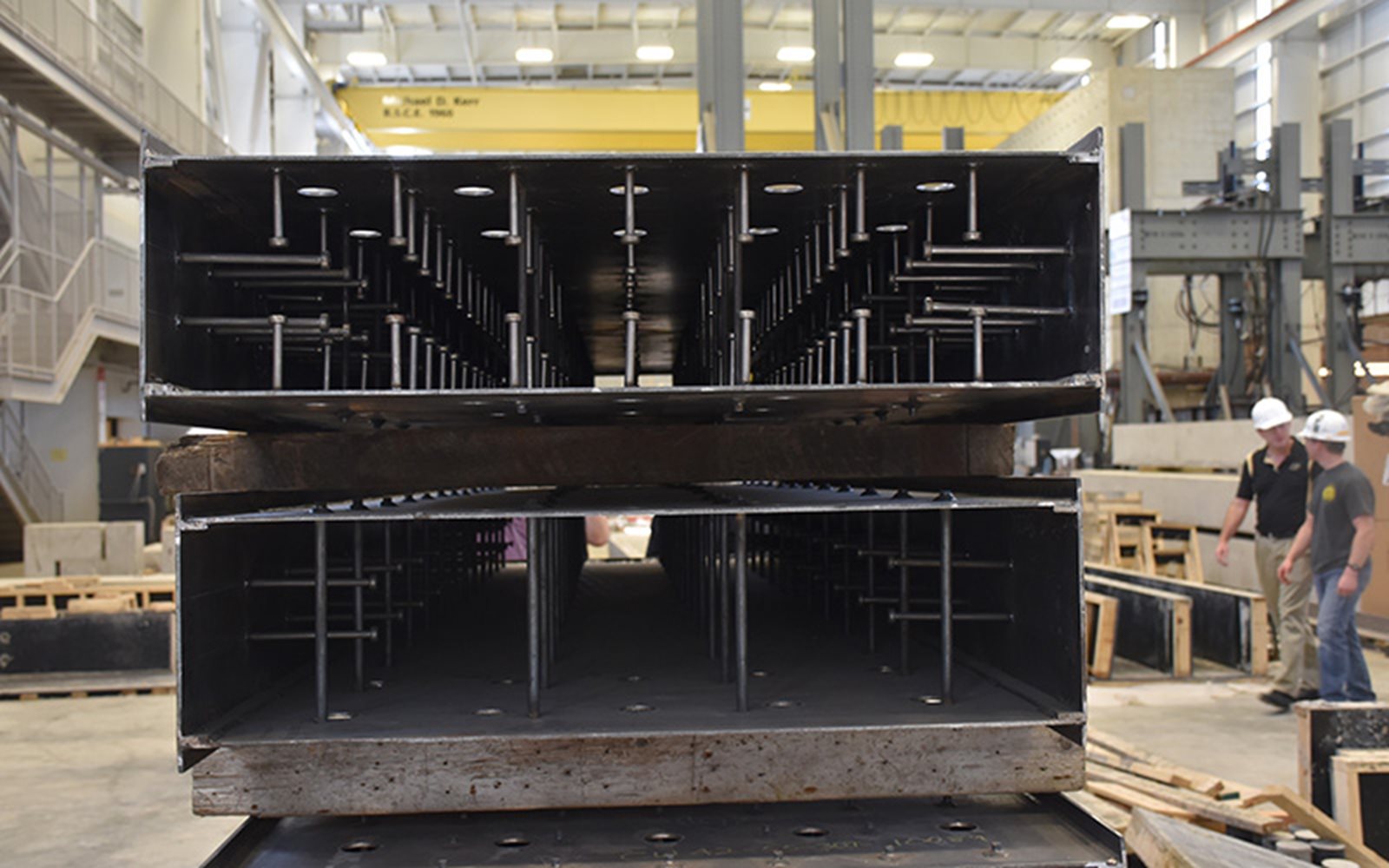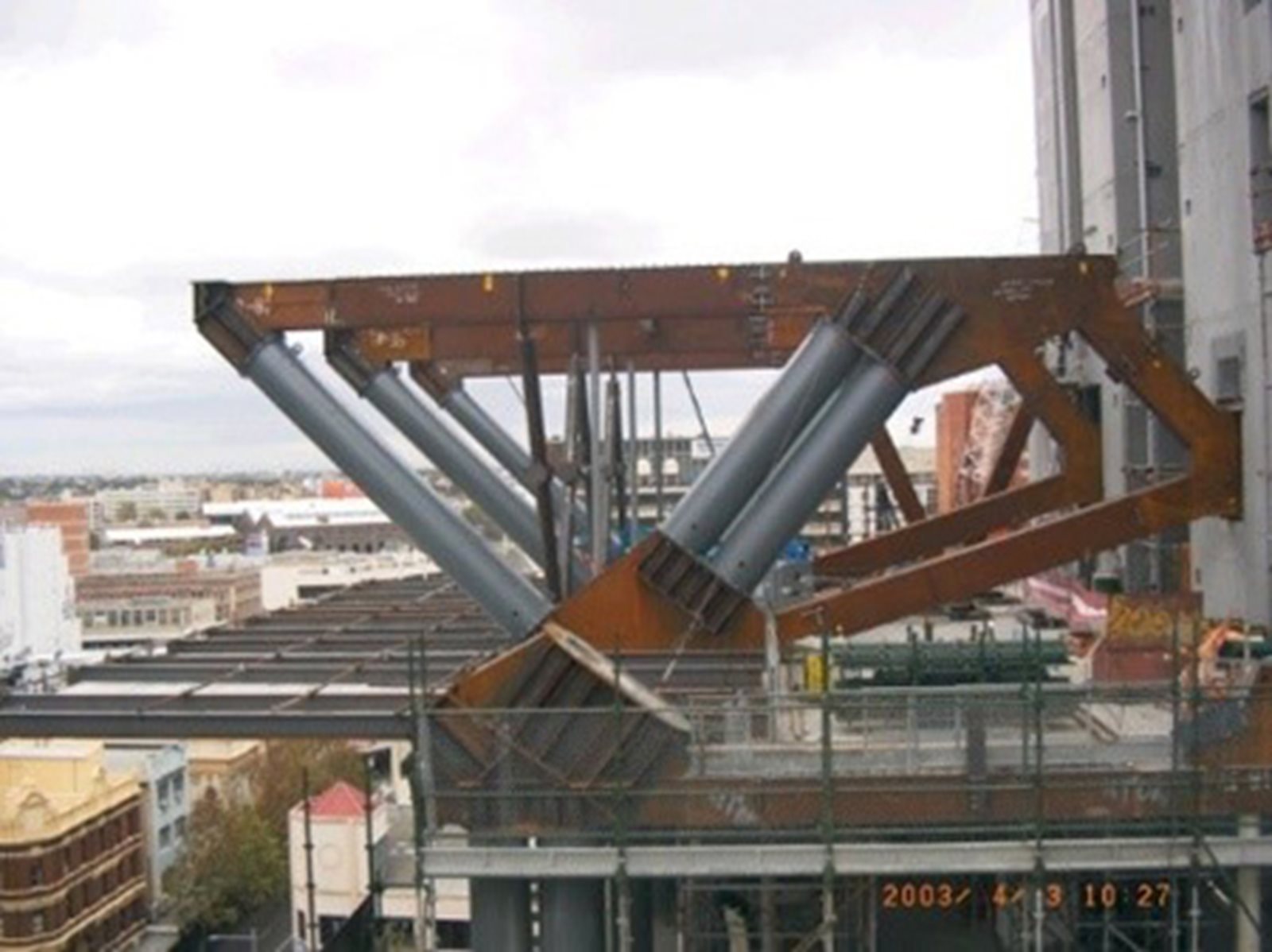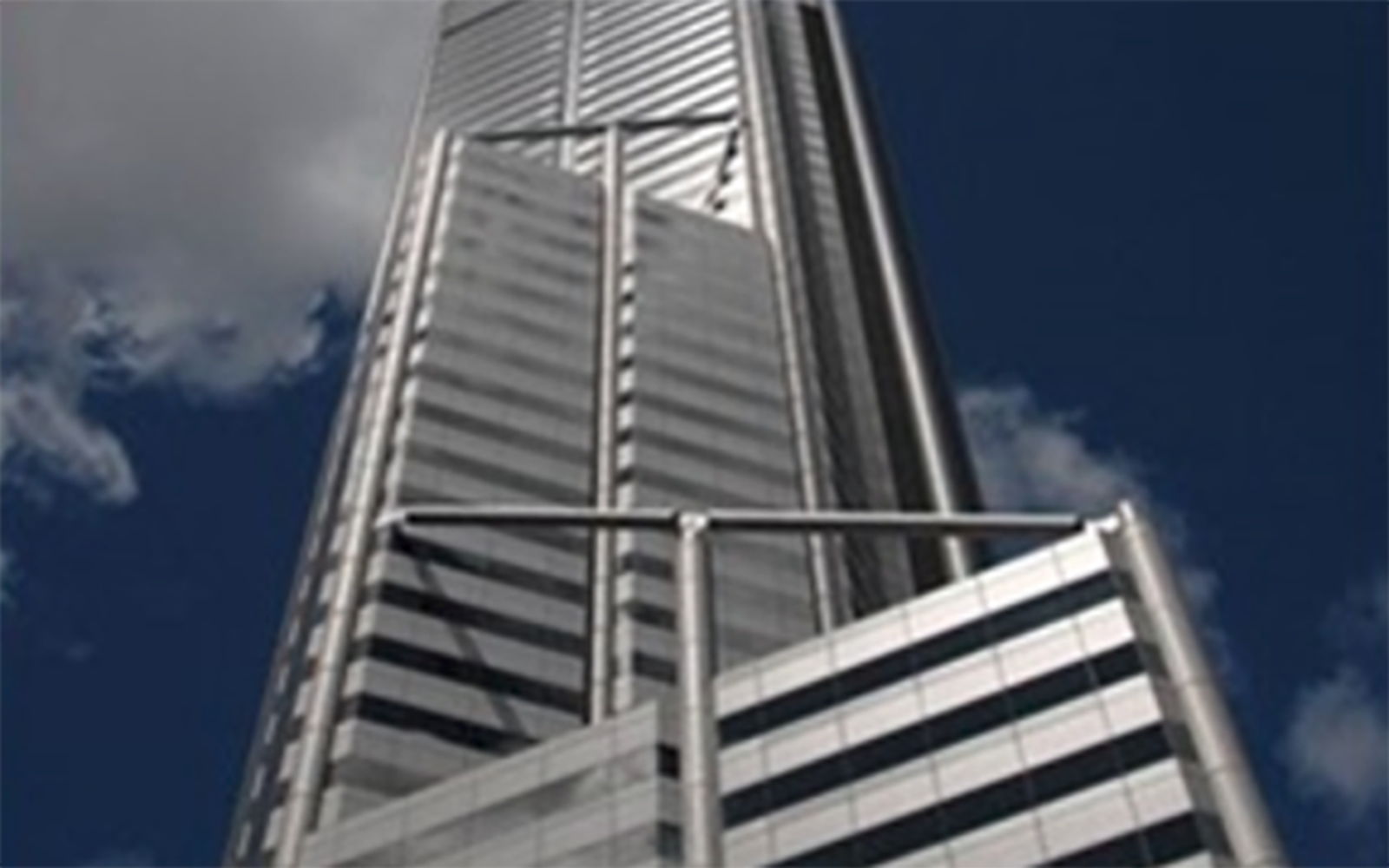

High-strength quenched and tempered steels offer design engineers a number of advantages that can be used as solutions to everyday and difficult or unusual engineering problems. In some cases, mass savings of up to 30% or more are possible for specific types of primary structural steel work. Longer spans, greater load-carrying capacity and net weight reduction to reduce foundation loads are all possible through the use of higher-strength (up to 690 MPa yield strength and beyond) steel plate. The use of high-strength steels in Australia over the last 20 years or more has predominantly focused on the mechanical engineering space, with the recent resources boom providing ample scope for its use in equipment such as dump truck bodies, storage bins, hoppers and chutes, where lighter weight, wear resistance and impact resistance, combined with straightforward fabrication, has facilitated ready adoption. These same benefits can extend to certain applications in the structural engineering space.
Contemporary high-strength Q&T steels are all generally considered low- to medium-alloy content steels, exhibiting high strength and hardness, coupled with good formability and weldability. They also maintain exceptionally low temperature notch toughness and crack propagation resistance despite the high strength levels involved. This unique combination of properties is the result of careful selection of both chemical composition and heat treatment.
Principal alloying elements in modern Q&T steels are nickel, manganese, chromium, copper and molybdenum, with additional hardening often being provided by smaller but more precisely controlled additions of boron (typically 0.002% B). These elements are often used in combination, such that Q&T steels can be classified as multiple low–medium alloy heat-treated steels.
Most Q&T steels also incorporate one or more micro-alloying elements such as aluminium, niobium, titanium, vanadium or zirconium. Vanadium bearing steels should be avoided if post-weld heat treatments are to be employed due to the possibility of adverse effects on the heat-affected zone (HAZ) notch toughness.
Specific composition ranges for each element are adjusted, to the extent that steel specifications might allow, by the steel manufacturer according to strength and other property requirements, and to provide the necessary hardenability. Comparatively higher alloy contents are required in thicker plates to offset the retardation in cooling rate that inevitably accompanies quenching of the heavier plate sections.

High-strength steel might be considered steel with a grade (yield stress) anywhere from 460MPa up to 690MPa. In Australia, 690MPa high-strength steel is readily available.
The advantages that can be derived from the use of high-strength Q&T steels are strongly dependent on the project context and the type and function of the structural component considered. Potential advantages include the following:
Design stresses can be increased by taking advantage of high-yield stress and tensile strength. This may result in a reduction of required plate thickness which can also save in terms of dead weight
If plate thickness reductions are possible, volumes of deposited weld material, and therefore weld consumables and weld times, can be significantly reduced
Simplified structural components and construction techniques are possible, particularly in the case of larger structures or heavily loaded sections. Therefore, not only is it possible to save on materials, but also on fabrication, transportation, handling and construction
Savings can be made in foundation costs and space requirements due to the reduced dead weight of a structure and the reduced physical size of its elements.
Conversely, it must be acknowledged that since Young’s Modulus of Elasticity (E) of Q&T steel is the same as that for conventional structural grades of carbon plate (‘mild steel’ grades such as AS/NZS 3678:2011 250 and AS/NZS 3678:2011 350), buckling and deflection of members limit the use of high-strength grades, particularly in situations where either column or local buckling significantly influence the design outcomes. These circumstances would include slender columns and the webs of large-plate girders.

Opportunities for use of high-strength steel will vary depending on the project context. Typical examples include:
Reduction in column size/weight: weight savings of up to 28–38% are possible with the use of high-strength steel for primary building columns on large multi-level buildings. Additional benefits include a significant reduction in the column size compared to the concrete option, gaining additional floor space and car parking
Decongestion of connections: on highly loaded connections, the use of high-strength steel plates in combination with high-strength bolts (up to property class 10.9) can significantly simplify connections, leading to savings in fabrication time and construction costs
Reduction in dead load: this will allow smaller foundations or address logistical issues with transport and erection, such as for bridges.